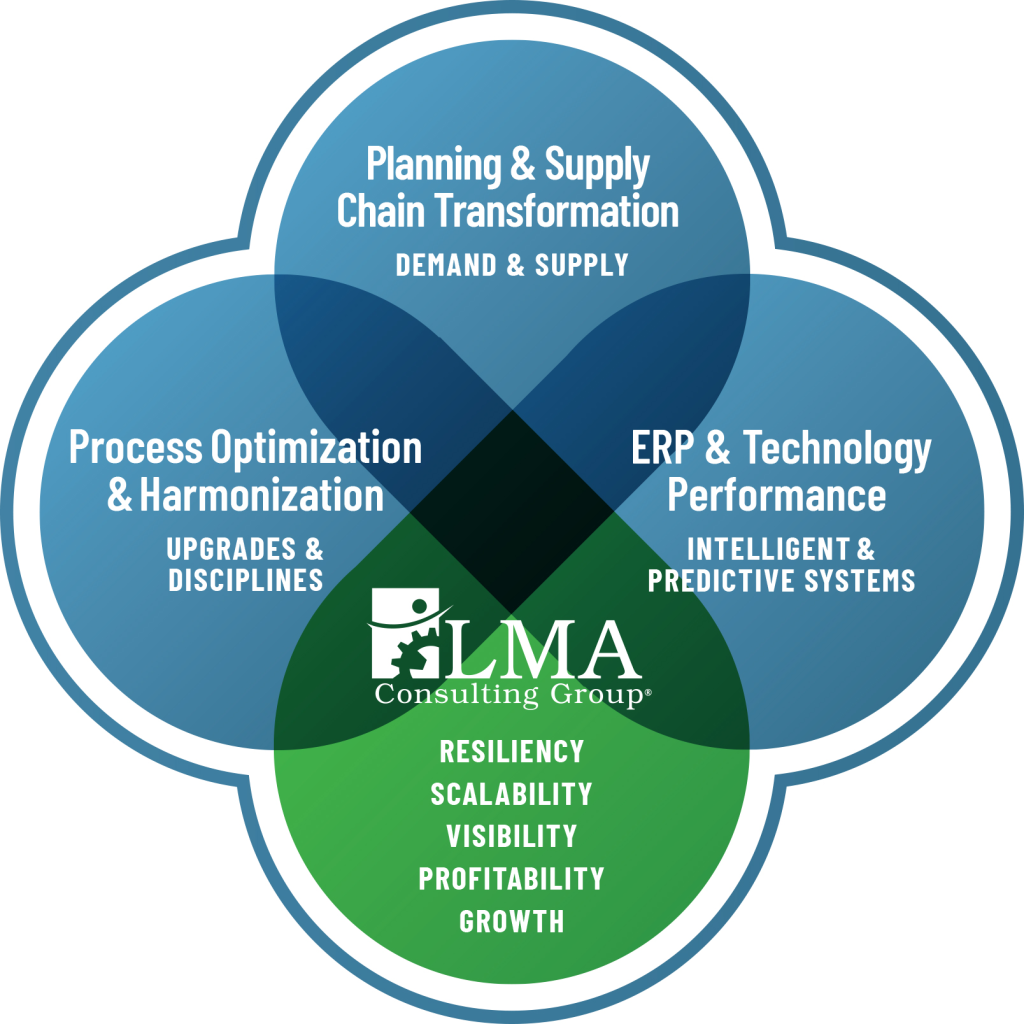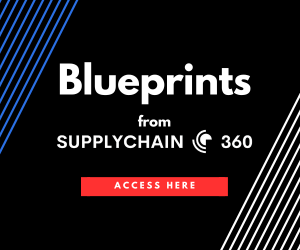When supply chain initiatives multiply but progress stalls, a new framework offers executives a tool to reassess focus across planning, process, and technology.
A Tool for When Supply Chains Lose Momentum
Manufacturers facing persistent volatility are under pressure to improve service levels, reduce cost, and build resilience, often all at once. But as initiatives stack up across planning, procurement, operations, and IT, many leaders find that complexity overwhelms clarity.
Lisa Anderson, president of LMA Consulting Group, has introduced a model aimed at addressing this. It’s not a solution in itself but a structure to diagnose where performance gaps lie and where operational friction may be compounding. The framework breaks supply chain health into three interlinked domains:
- Planning & Supply Chain Transformation – aligning demand and supply
- Process Optimization & Harmonization – integrating workflows across teams
- ERP & Technology Performance – enabling decision-making through systems

Executives might turn to a tool like this when improvement programs stall, KPIs move sideways, or decisions slow down. “The challenge isn’t a lack of effort—it’s scattered focus,” Anderson says. The model offers a lens to reassess where to direct leadership attention.
Source: LMA Consulting Group
According to a 2023 McKinsey survey, 88% of supply chain leaders are pursuing digital transformation, yet only 26% report success in scaling those efforts—often due to weak process foundations or misaligned planning.
How to Use the Model Internally
The framework is meant to support internal assessment—not to drive external change programs. Leaders can apply it in structured working sessions or informal strategy reviews. Key steps include:
1. Inventory your active initiatives. Sort current projects into the three categories. Are you heavy on tech but light on process redesign? Is planning still spreadsheet-based despite ERP investment?
2. Map decision velocity. Identify where decisions are delayed—especially in SIOP, supplier collaboration, or fulfillment. The location of bottlenecks often signals where the real constraint lies.
3. Check cross-functional alignment. Use the model to align supply chain goals with IT, finance, and operations. Misunderstood dependencies between planning and systems are a common source of drift.
4. Sequence for impact. Avoid launching simultaneous improvements in all three areas. Prioritize the domain that unlocks value for the others—often process, which enables both planning and tech.
5. Use it quarterly. Treat the model as a recurring check-in tool—not a one-off exercise. Visibility gaps and misalignment tend to creep back in over time.
This approach is particularly useful when traditional improvement programs stall due to lack of traction or organizational fatigue. It helps leaders shift the conversation from delivery timelines to structural readiness.
Simplifying Without Dumbing Down
Executives don’t need another transformation playbook—they need a way to cut through noise. This framework offers a practical filter to surface where complexity is accumulating and where strategic focus is most urgent. It doesn’t promise answers, but it does sharpen the questions. And for leaders juggling too much, that’s often the most valuable place to start.








